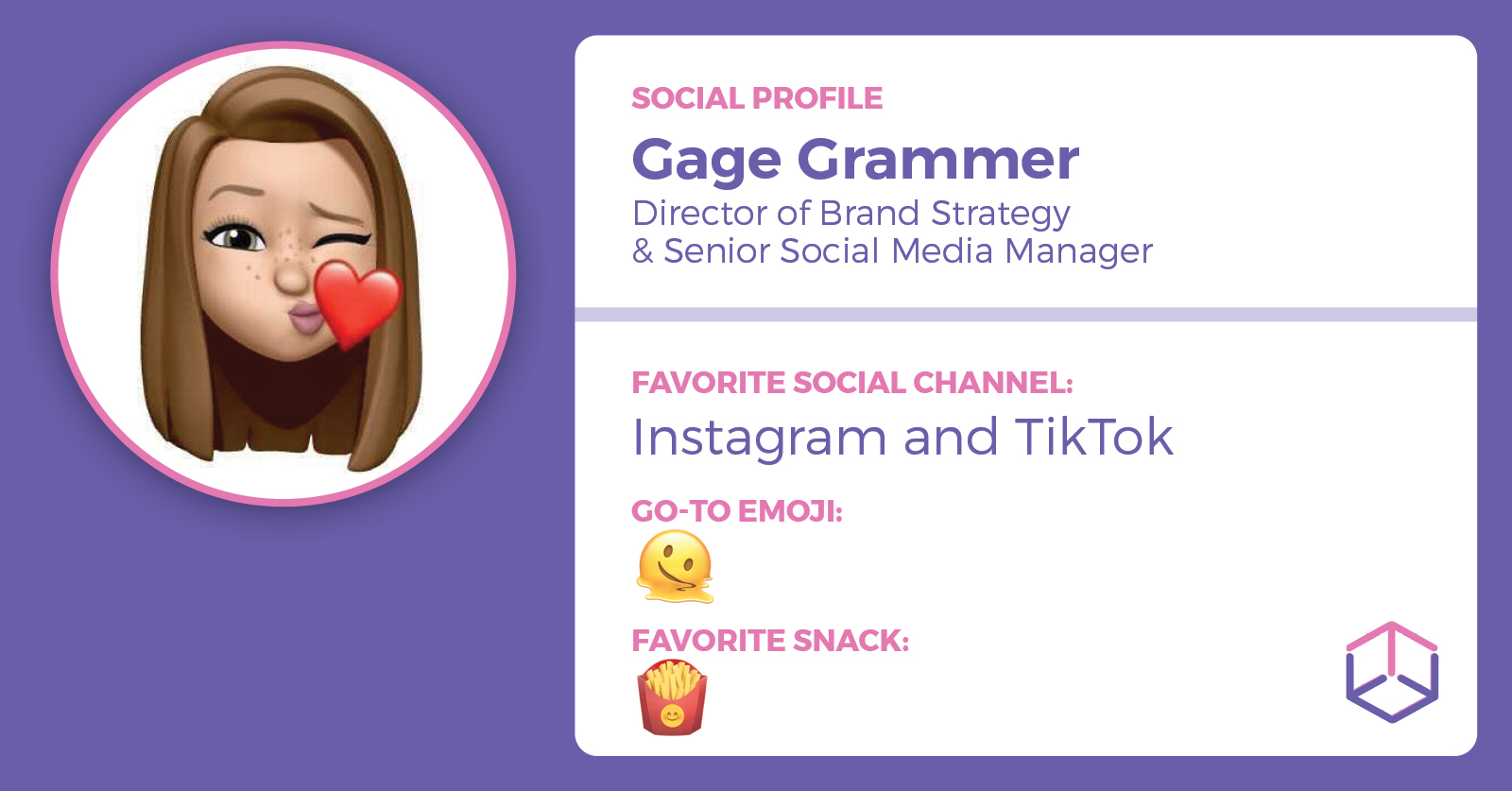Tips for Developing an Influencer Marketing Program
The inspiration for this blog post came from the Forbes article “Tips From A CEO And Top Influencer On Developing A Best-In-Class Influencer Program” by Kimberly Whitler featuring our own Tamara McCleary.
With each passing day, the way we communicate, find solutions, retrieve information, and connect with people is becoming more and more digital, and a big part of that is because of COVID-19. Many people have used quarantine as an opportunity to join more social networks like TikTok to pass the time or update their profile on LinkedIn to network. But what about brands?
This is a special moment for brands because they have an opportunity to innovate and connect with a wider audience than ever before. With more people at home and online, brands can upgrade their digital storytelling to connect on a more emotional level to build deeper relationships, while increasing brand awareness, and even lead generation and sales. One of the most potent ways to achieve this customer experience, brand loyalty, and business growth objective is through influencer marketing. But how do you develop a strong influencer program?
Here are 6 steps to build an influencer program with ROI:
- Define what success looks like prior to initiation.
Before you even begin planning your wish list of influencers, you need to first identify the outcomes you desire to achieve, the expectations your leadership has for the brand and the KPIs you want to measure the success of your program against.
- Do your research when looking for an agency to partner with.
Identify a list of agencies specializing in influencer marketing, along with a few you’re unfamiliar with. The ones that surprise you have more than likely demonstrated the most success and can fit within your budget. You don’t have to settle for a big box brand or name recognized agency, instead, look for analytics to back up claims and proven results-driven programs. Don’t settle for a pitch — it’s show me, don’t tell me when it comes to spending your precious marketing budget.
You should also get a second or third opinion from various social media marketing agencies to decide who you’re most comfortable partnering with and is the most responsive to your requests. Social media isn’t an 8-5, M-F, experience. Social media is 24/7, all 7 days of the week. What happens if there’s an emergency and you need a response overnight or on the weekend? These are critical considerations when you take into account the importance of social media and its impact upon brand reputation.
- Understand the agency’s process.
Make sure that the agency you choose to partner with walks you through their process of identifying influencers, building relationships with them, how they measure results, what they track to prove success, and other metrics they may utilize to measure success. You’ll also want to ensure you’re getting the results they’re promising in writing.
- Have a compensation structure.
While you’re planning what success looks like, you should also be working with leadership to understand what you are prepared to offer influencers based upon their experience and expectations. Will you be compensating your influencers? Offering them gifts? Inviting them to events? Perhaps a mixture of several offerings? During our COVID-19 world, you may have to get creative as in-person options are transformed into digital, virtual events.
At Thulium, we place a strong emphasis on engagement metrics to eliminate any false appearances of influence. It’s important to remember that the purpose of an influencer program is to establish substance for your spend — avoid the temptation to be dazzled with vanity metrics, (like empty follower counts), fuzzy math and fluff as it’s the quickest way to prove a poor choice in budget spend.
- Ensure you have a structured plan for your influencers.
Don’t leave the content and messaging entirely up to the influencers. Guide them. Know what you want your influencers to do, the cadence and frequency of posting and sharing. You can offer messaging as a guide, but leave the messaging up to the influencer who knows their audience. And don’t forget to make sure you have a follow-up plan with your influencers!
- Create a long-term strategic plan.
The goal of these campaigns should never be to have one and done engagement with the influencers. Through building a relationship, you’ll create brand advocates — powerful brand evangelists and fans moving beyond the transaction that can support and genuinely feel friendliness towards the brand, and will continue to engage and spread your brand’s message organically.
If you’re a marketer looking to expand your brand’s digital story and footprint, consider influencer marketing and the role it can play. It’s powerful, it’s impactful and it’s worth it.



